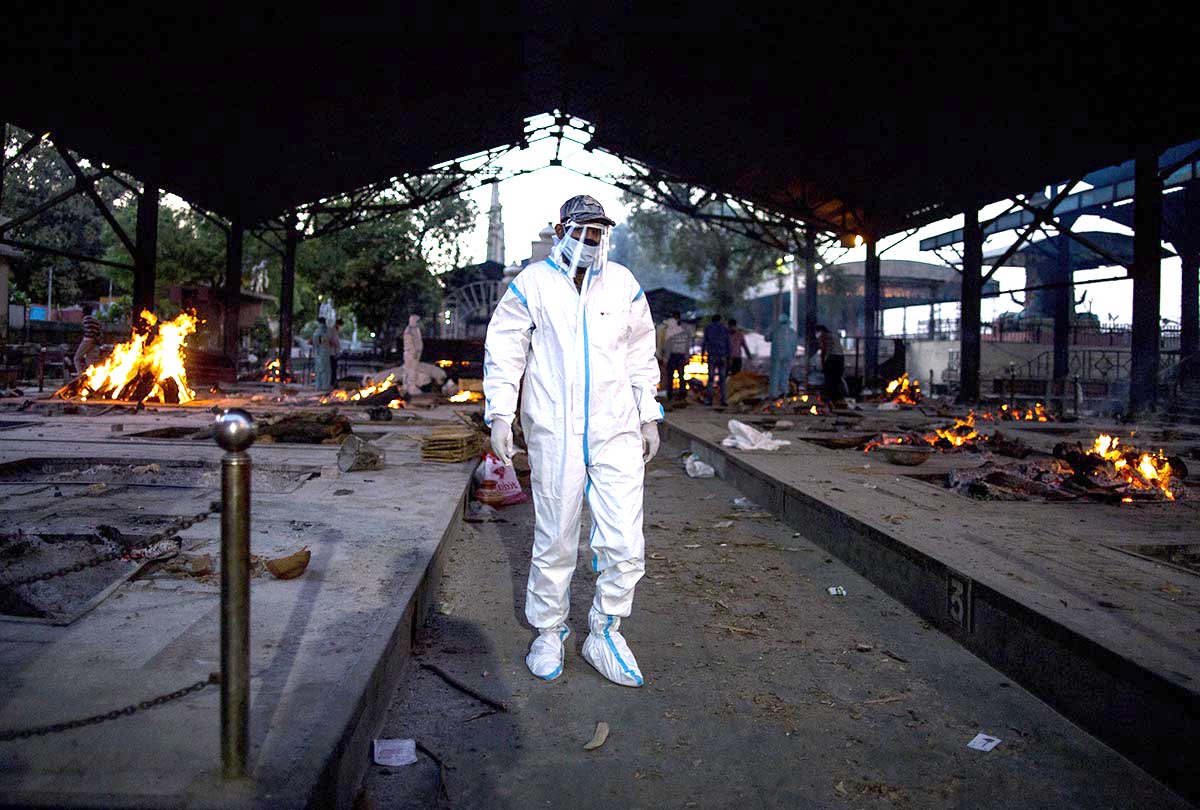

The policy prescriptions commodified health services, transforming them into a private good instead of a basic human right. Thus, economic liberalization meant the abandonment of poor and rural Indians to competition-driven market forces that deprived them of affordable health care-while rich Indians got access to world-class health care. In effect, the international financial institutions demanded that India lower the standard of living of the bulk of its people. The structural adjustment program (SAP) sparked rapid economic growth, but also ensured that most of the gains would go to the wealthy, exacerbating social and economic inequalities. These included financial and trade liberalization and deep cuts in social spending-especially in health care and education. The loans came along with mandatory “conditionalities” in fiscal and economic policies. This imbalance is largely a consequence of the privatization of India’s health care sector in the 1990s, when the country, reeling from a debt crisis, accepted structural adjustment loans from the World Bank and the International Monetary Fund (IMF), multilateral financial institutions in which governments are members. The region is home to roughly two thirds of the population, or 895 million people, but has only a quarter of the country’s health infrastructure, including hospitals and medical personnel.


Given these horrors, the spread of COVID-19 in rural India is especially disturbing. Although the numbers seem to be declining now, on August 15 alone, the country reported around 33,000 new infections and 417 deaths-almost certainly an undercount. Funeral pyres were erected in parks, parking lots, pavements and other empty spaces to keep up with the rocketing deaths. Many hospitals turned sick people away, owing to an acute paucity of beds, oxygen, medicines, ventilators and other essentials. When the pandemic resurged in India earlier this year, hospital corridors in even the capital city of Delhi, which normally provides its residents with some of the best health care in the country, were packed with patients. “Every village here is facing the same devastation.” “The situation is much worse in other villages of Gujarat, which have reported as many as 100 deaths each,” Gulab Thakur, chairperson of Shertha’s village council, told Scientific American over the phone. When villagers summoned an ambulance through a state-run helpline, it typically took three days to arrive at times, its siren was heard long after the patient was dead. In the small village of Shertha in the western Indian state of Gujarat, for instance, 64 persons lost their lives this April, many because they failed to access timely medical care and essential supplies like oxygen. Over half the new infections and deaths in the country are being reported from rural areas. After devastating India’s cities, COVID-19 is now ravaging the country’s hinterlands.


 0 kommentar(er)
0 kommentar(er)
